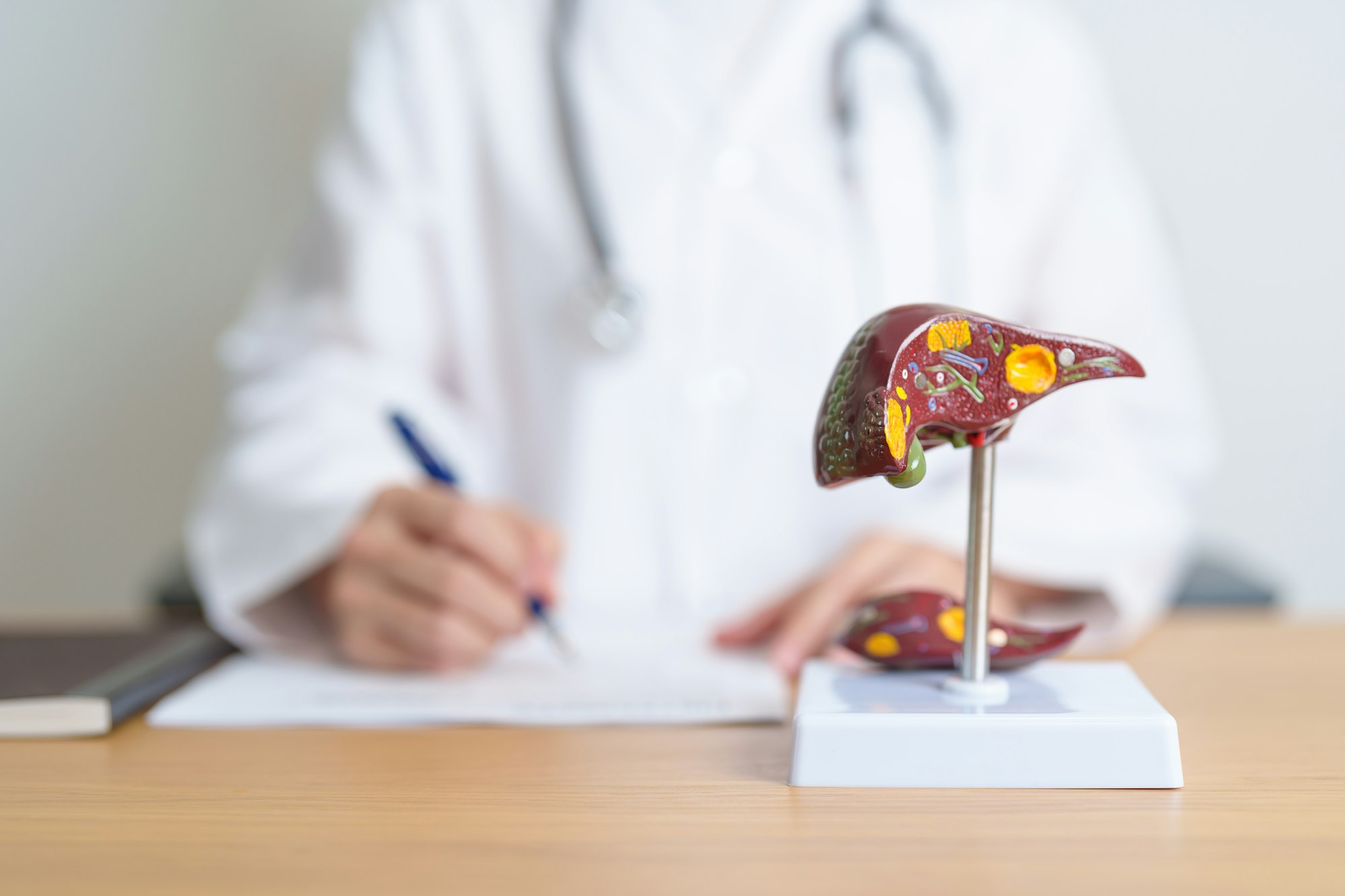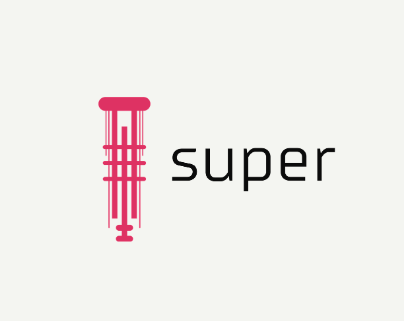Insider Brief
- Terra Quantum’s hybrid quantum neural network outperforms classical methods in identifying healthy livers for transplantation, achieving 97% accuracy while reducing false positives.
- The system uses federated learning to allow multiple hospitals to share diagnostic models without exchanging sensitive patient data, ensuring compliance with privacy laws like the EU AI Law.
- By accurately categorizing livers for transplant suitability, this technology could increase transplant rates and reduce complications.
PRESS RELEASE — Terra Quantum, a leader in quantum technology solutions, has developed a new image analysis system that performs better than classical methods in identifying healthy livers that are the best candidates for transplantation while protecting patient privacy.
Terra Quantum worked with medical and informatics experts to build a diagnostic system that combines quantum computing techniques with classical machine learning systems. The result was a hybrid quantum neural network model that uses real-world clinical data to identify moderate and severe non-alcoholic fatty liver disease with fewer false positives and greater accuracy than imaging experts and traditional algorithms.
Nonalcoholic fatty liver disease (NAFLD) is a leading cause of liver disease worldwide with an estimated prevalence of 32% among adults. Fatty liver disease steatosis is often the single most important variable determining the success of a liver transplantation.

The work is described in a new article published in the peer-reviewed journal Diagnostics, “Hybrid Quantum Image Classification and Federated Learning for Hepatic Steatosis Diagnosis.” Lead authors include medical experts at the University of Trieste, Cattinara Academic Hospital, the Azienda Sanitaria Universitaria Giuliana Isontina and the Research Unit of Paleoradiology and Allied Science of Trieste as well as Luca Lusnig, a quantum system engineer at Terra Quantum.
This algorithm represents the core of a computer-aided diagnosis system that could provide a doctor with a heat map illustrating the health of a person’s liver. A physician could use this quantum-powered, computer-aided diagnosis system in combination with medical imaging devices to determine the development of the disease faster.
“This hybrid quantum model includes both classical and quantum layers, reinforcing our winning strategy of combining the strengths of classical and quantum software,” said Markus Pflitsch, founder and CEO of Terra Quantum. “Also, the analysis used only 5 qubits, which shows that there is value in quantum computation even now in the NISQ era.”
The research team’s goal was to analyze images and place the organs into two categories: livers healthy enough for transplant and unhealthy livers likely to fail if transplanted.
The hybrid quantum neural network achieved an image classification accuracy of 97%, surpassing traditional methods by 1.8%. The hybrid model also surpassed the diagnostic accuracy of human experts when sharing data from multiple hospitals, achieving over 90% accuracy with a false negative rate below 5%.
In addition to being able to determine the transplantability of a liver with higher accuracy than an expert user, this HQNN reduces the probability of false positives that would lead to transplanting a diseased liver into a healthy patient, potentially causing several complications.
A living donor can donate part of their liver to an individual who needs a transplant. The donor’s liver will grow back to its original size within a few months. Making it easier to identify donors with healthy livers could increase the overall transplant rate.
The research simulated a real-world scenario in which multiple hospitals wanted to create a common model based on the data from each individual hospital without having to physically share the data with each other or with an external server.
This work is the first of its kind to use federated learning and comply with privacy laws without a significant loss of accuracy compared to a classical centralized approach.
“This new approach will provide sufficient data for analysis with significant results without having to transfer large quantities of data and at the same time protecting patient privacy,” said Dr. Fabio Cavalli, co-author of the article and founder of the Paleoradiology and Related Sciences Research Unit of Trieste.
This advance has the potential to make it easier for hospitals to share data and still comply with existing and pending regulations, like the EU AI Law, which emphasizes the need for models that balance accuracy with privacy.
“This research allows us to participate in international multi-center works, greatly shortening the bureaucratic and technical-organizational obligations imposed by the GDPR to guarantee the quality of the data and the respect data protection rights, when the activities involve centers that are based outside the European Union,” said Graziano De’ Petris, co-author of the article and data protection manager of three healthcare entities in the region.
This model performs well even when each hospital contributes only a limited number of samples. It is not always possible for a single hospital to collect the amount of data needed to train a model. Because the model is shared by the hospitals rather than the placing the data in a centralized system, this approach enables collaborative training across multiple clients without exposing sensitive data.
These results suggest that HQNNs, combined with a federated learning framework, could become the preferred model over centralized systems for future applications where data privacy and availability are of concern. Due to their ability to capture intricate correlations between data, this architecture could become the standard technique for creating computer-aided diagnosis systems.

















